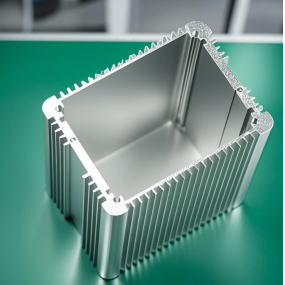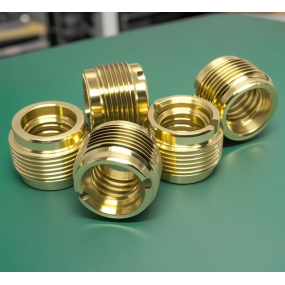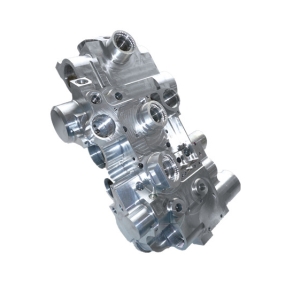Stamping processing plants should pay attention to the original condition of the convex and concave molds when disassembling them, so as to facilitate the recovery during subsequent mold installation. If there are additional pads or displacement, the thickness of the pads should be engraved on the parts and recorded.
1. When replacing the convex mold, it is necessary to test whether the discharge block and concave mold are smoothly inserted, and whether the gap between the insertion and the concave mold is uniform. When replacing the concave mold, it is also necessary to test whether the gap between the insertion and the punch is uniform. To meet the requirement of adding shims to shorten the convex mold after grinding, the effective length of the convex mold should be checked to see if it meets the required length. 
2. Replacing a broken punch requires identifying the cause, while the stamping factory needs to check whether the corresponding punch has a broken edge and whether grinding of the edge is required. When assembling the convex mold, it is necessary to check whether the gap between the convex mold and the fixed block or plate is sufficient, and if there is a pressure block, it is necessary to check whether there is any allowance for movement.
3. The assembled concave mold should be placed horizontally, and then placed on the concave mold surface with a flat iron block. Use a copper rod to gently tap it into place, and do not forcefully knock it in diagonally. The bottom of the concave mold should be chamfered. After installation, check whether the concave mold surface is flat with the mold surface. After the assembly of the convex mold, concave mold, and mold core is completed, it is necessary to check the care belt, whether each part is installed incorrectly or in reverse, whether the concave mold and concave mold cushion block are installed in reverse, whether the feeding hole is blocked, whether the new parts need to be stolen, whether the requirements for stealing are met, and whether the required locking parts of the mold are locked. Pay attention to the locking recognition of the stripping plate screws. When locking, it should be done from the inside out, with balanced and cross locking force. Do not lock one screw first and then lock another screw to avoid tilting the stripping plate and causing the convex mold to crack or the mold accuracy to decrease.
This article is from EMAR Mold Co., Ltd. For more EMAR related information, please click: www.sjt-ic.com,


 Spanish
Spanish Arabic
Arabic French
French Portuguese
Portuguese Belarusian
Belarusian Japanese
Japanese Russian
Russian Malay
Malay Icelandic
Icelandic Bulgarian
Bulgarian Azerbaijani
Azerbaijani Estonian
Estonian Irish
Irish Polish
Polish Persian
Persian Boolean
Boolean Danish
Danish German
German Filipino
Filipino Finnish
Finnish Korean
Korean Dutch
Dutch Galician
Galician Catalan
Catalan Czech
Czech Croatian
Croatian Latin
Latin Latvian
Latvian Romanian
Romanian Maltese
Maltese Macedonian
Macedonian Norwegian
Norwegian Swedish
Swedish Serbian
Serbian Slovak
Slovak Slovenian
Slovenian Swahili
Swahili Thai
Thai Turkish
Turkish Welsh
Welsh Urdu
Urdu Ukrainian
Ukrainian Greek
Greek Hungarian
Hungarian Italian
Italian Yiddish
Yiddish Indonesian
Indonesian Vietnamese
Vietnamese Haitian Creole
Haitian Creole Spanish Basque
Spanish Basque









